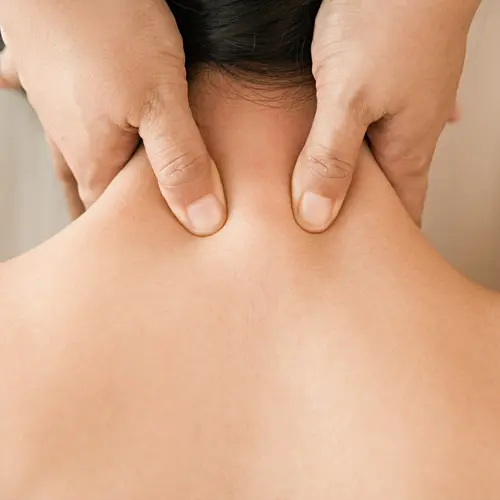Legend has it that tai chi, a Chinese martial art, was invented hundreds of years ago by a Taoist priest named Chang San-Feng after he happened to see a crane fighting with a snake. He noticed how each used the same movements to attack as well as defend -- recoiling to avoid the other's deadly strike, then fluidly transforming that energy into a counter-strike.
In the U.S. today, far removed from the misty mountains of medieval China, people are practicing tai chi more for their health than for fighting. The graceful, dance-like movements are helping people improve their mobility and their balance -- especially important for people with arthritis.
"What you're trying to do is establish a sense of balance," says Bernard Rubin, chief of rheumatology at the University of Texas Health Sciences Center. That's helpful for two reasons: First, you are less likely to have a nasty fall if your sense of balance is keen. Second, it improves your posture. Being more aware of how your body is balanced helps get you out of bad habits, like slouching, he says.
Tai chi combines meditation with slow, circular motions. The movements are practiced with your knees and hip joints slightly bent, as if you were starting to sit down on an invisible chair. This stance strengthens leg muscles that help support and protect your joints. The circular movements keep your joints in motion, which relieves stiffness.
Scientific evidence on the benefits of tai chi is piling up. One study presented at the American College of Rheumatology meeting in November 2001 showed that older people with arthritis may have less pain and less trouble with daily activities if they practice tai chi. Researchers at Soonchunhyang University in Korea looked at people with arthritis who took a 12-week tai chi course. At the end of the course, they had stronger abdominal muscles and better balance than they had before they took the course.
Another study done by researchers at the Dana-Farber Cancer Institute found that 12 weeks of tai chi helped older people with arthritis in the legs get around better, and they had less pain. These results were published in the Journal of the American Geriatrics Society in 2000.
You don't need any special equipment to practice tai chi. You can do these gentle exercises in your home or in the park, wherever you are comfortable. But you probably will need to take a class to learn the movements. To find a class near you, call your local Arthritis Foundation office, or try your town's recreation department or seniors' center.
